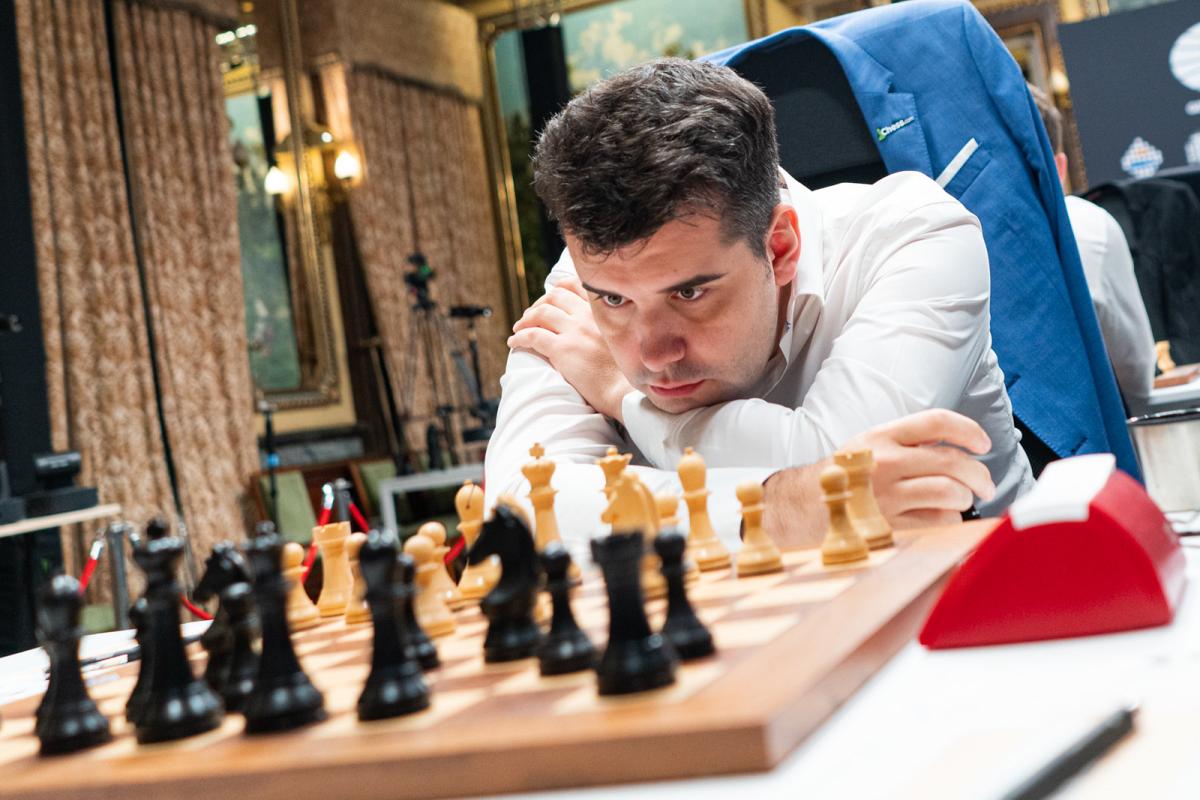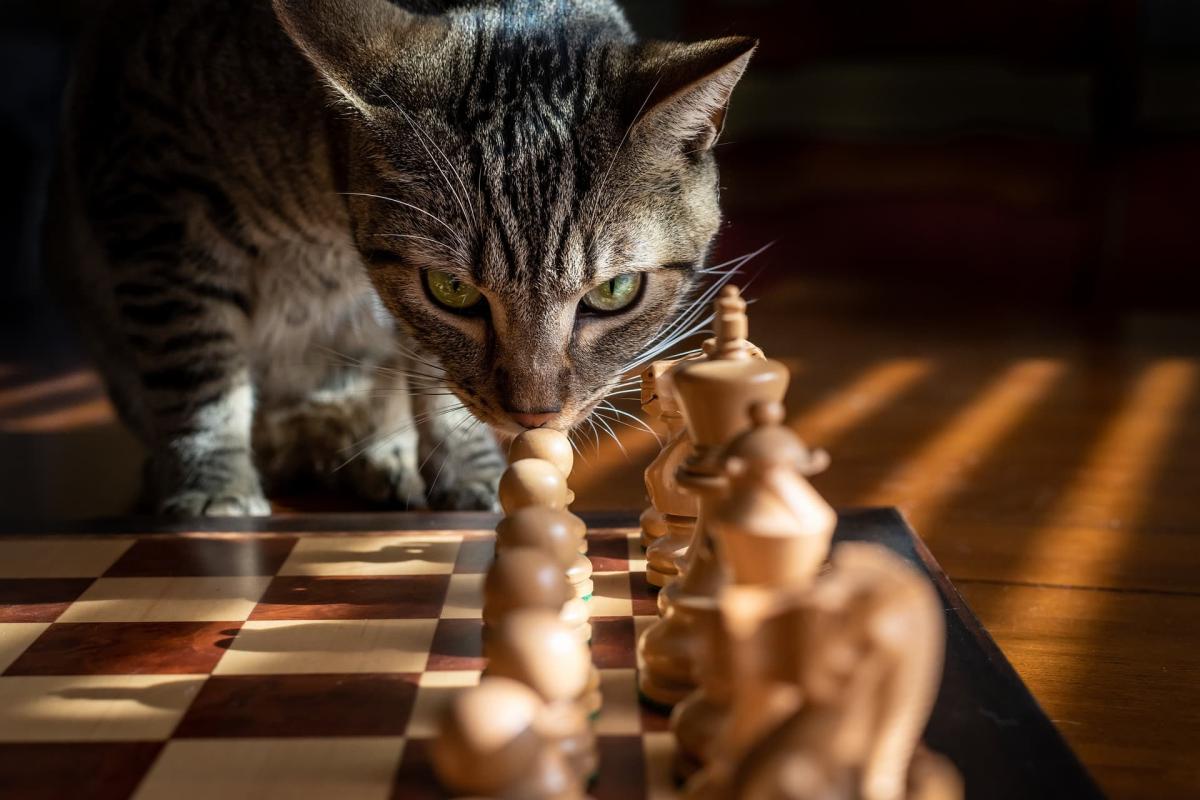In online chess, computers can give you a complete and thorough rundown of your performance, with various little metrics to signify how accurately you’ve played your game. Average centipawn loss is one of the key benchmarks, though it does take a little extra analysis for it to make sense from a human perspective.
A centipawn is one-hundredth of a pawn, and the average centipawn loss (ACPL) metric represents how much “value” you drop by making incorrect moves across a chess game. This is more in line with how computers evaluate chess positions rather than our typical understanding of play: though we do have a direct correlation in the value of pieces and pawns, positional errors are tougher to quantify with this metric for the human mind.
As chess players continue to improve, the average centipawn loss continues to drop at all levels of play.
However, there are clear differences between various levels of competitors.
For the best human players in the world—meaning Grandmasters and super-Grandmasters—an average centipawn loss between 20 and 10 is to be expected. In the 2018 World Chess Championship between Magnus Carlsen and Fabiano Caruana, the Norwegian managed a single-digit average across the twelve classical games.
A master player (somewhere between 2200 and 2500 ELO) might have an average centipawn loss of 30 or so in a normal game.
Expert-level players (in the 1800-2200 range) likely go up to 50, with the online average player crowd seeing their ACPL stats somewhere between 50 and 100 on a regular basis.
For beginners, this number can even shoot up to 200 or more, meaning they hang more than two pawns’ worth of points on average for every move played.
That said, don’t measure your chess progress in centipawn losses.
There are many different factors at play in human-versus-human games, and just because a computer can immediately spit out the correct move, taking certain dubious decisions with the explicit goal of confusing your opponent and muddying the waters can be a sound strategy, especially in low-time situations. (Indeed, the amount of time available to the players also doesn’t factor into the average centipawn loss calculation, while it is a huge part of analyzing any human chess game.)
It’s a good way to find blunders and to provide a baseline for your tactical and strategic improvement, but it is not the be-all-end-all of chess metrics.












Published: Nov 30, 2022 12:26 am